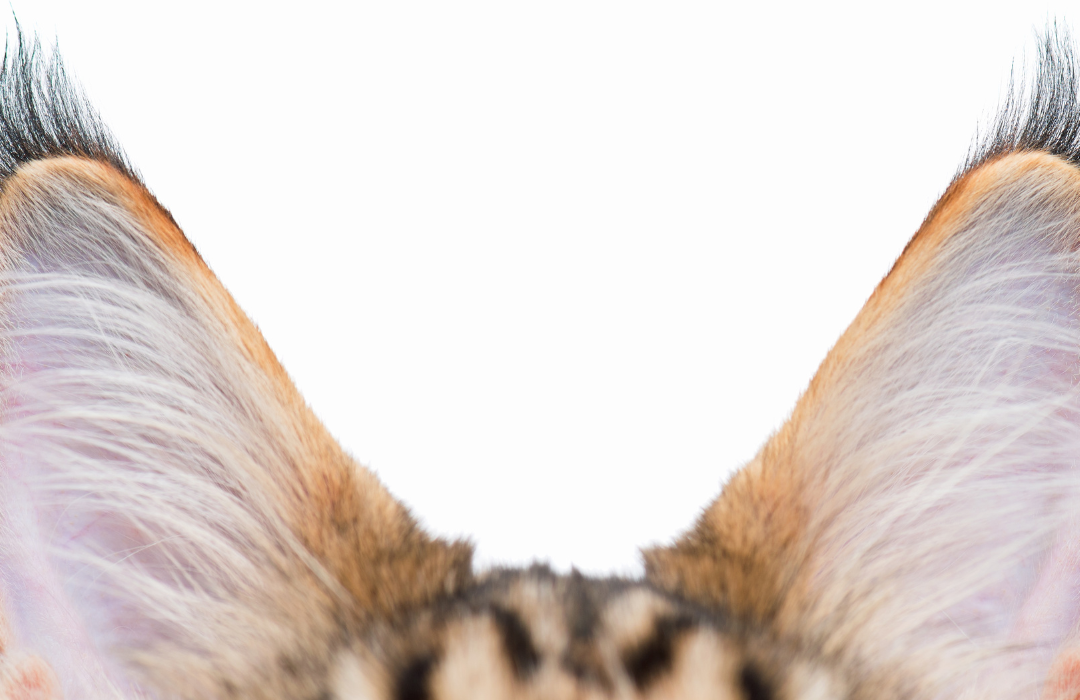
Embark on a fascinating journey into the realm of cat communication as we delve into the intricate language of a cat’s ears. In this exploration of “Ears Up, Ears Back,” we unravel the mysteries behind your cat’s ear movements, gaining valuable insights into their emotions and intentions.
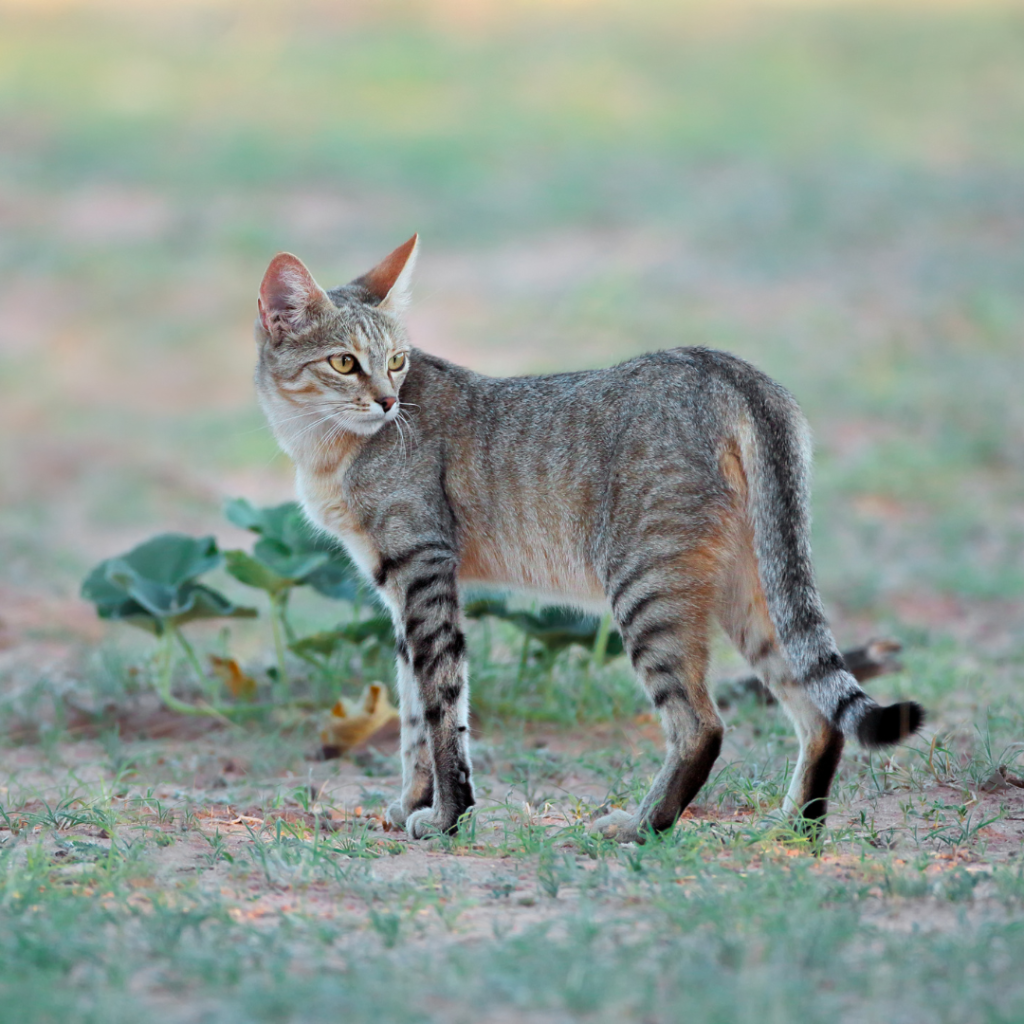
Ears Up, Curiosity and Alertness
When your cat’s ears stand upright and face forward, it’s a captivating display of curiosity and alertness. This position allows them to capture a wide range of sounds, showcasing their keen hunting instincts. Whether they’re exploring a new environment or honing in on a potential prey item, ears up signify a heightened state of awareness and engagement.
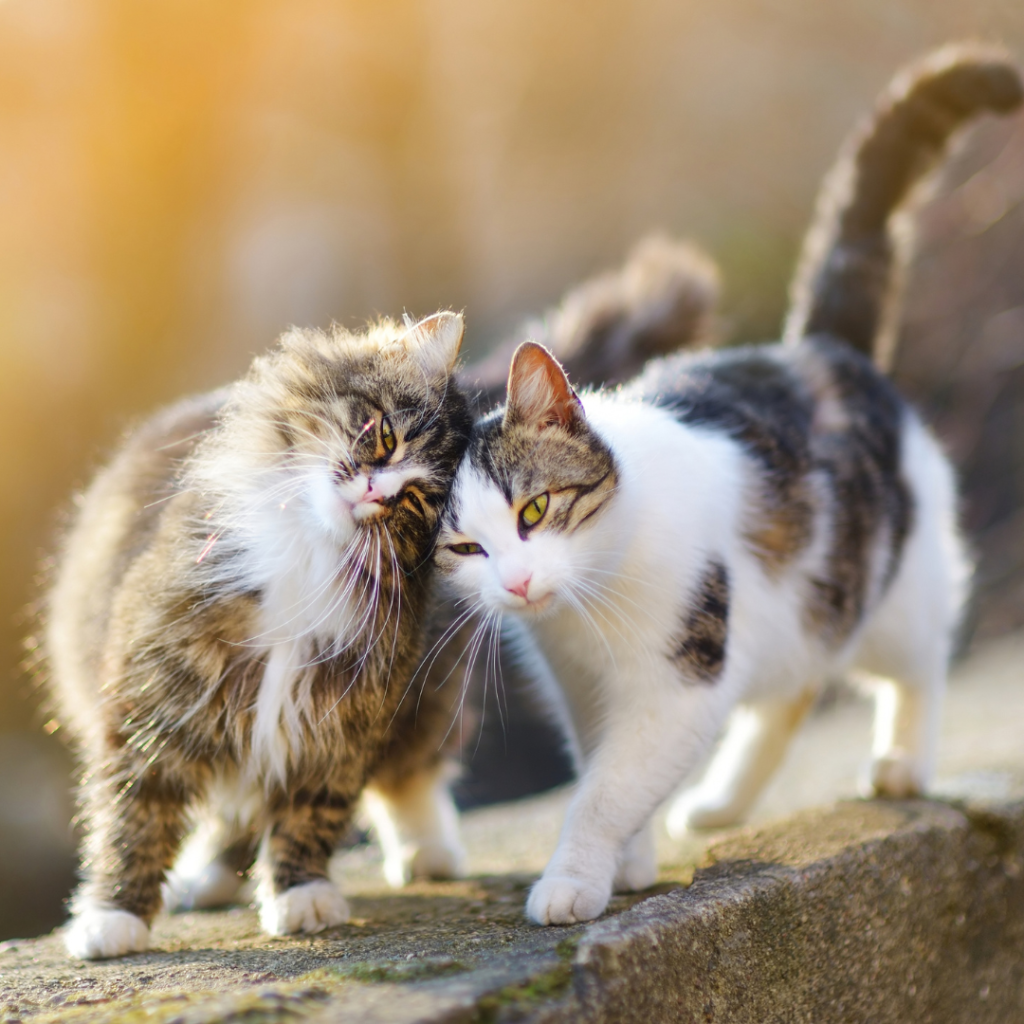
Ears Slightly Forward, Friendliness and Interest
A subtle tilt forward in your cat’s ears communicates friendliness and genuine interest. This position is often accompanied by a relaxed body, indicating a positive and welcoming disposition. Your cat might adopt this ear pose when interacting with you, signaling their comfort and openness to socializing.

Ears Backward, Mild Discomfort or Apprehension
When your cat’s ears tilt backward, it’s a nuanced expression of mild discomfort or apprehension. This could be triggered by unfamiliar stimuli, a new person, or a situation that raises their caution. While not necessarily a sign of fear, ears back suggest a need for your cat to assess and acclimate to the current environment.
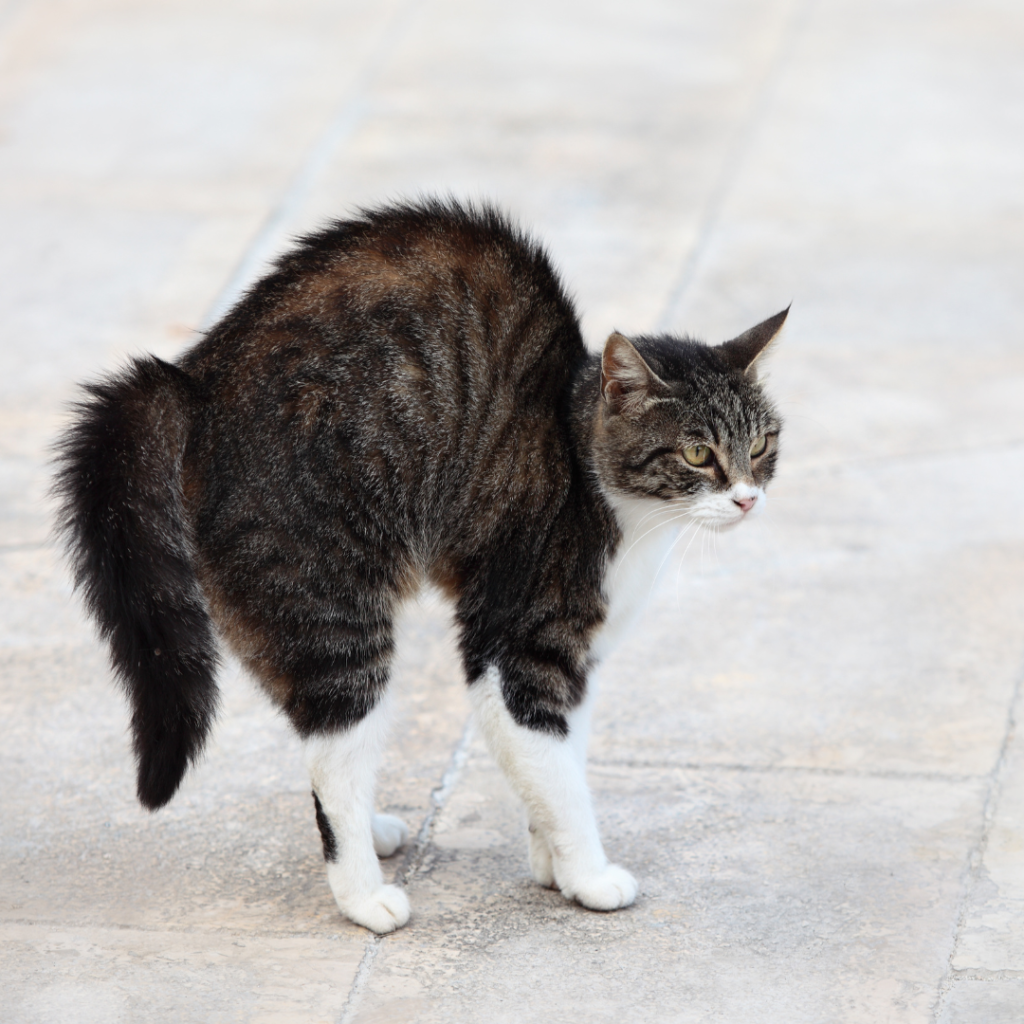
Fully Flattened Ears, Fear or Aggression
Flattened ears pressed tightly against the head indicate a more intense emotional state, signaling fear, aggression, or extreme discomfort. This defensive posture is a clear indication that your cat feels threatened or is ready to defend itself. Identifying fully flattened ears prompts a gentle and understanding approach to alleviate stress.
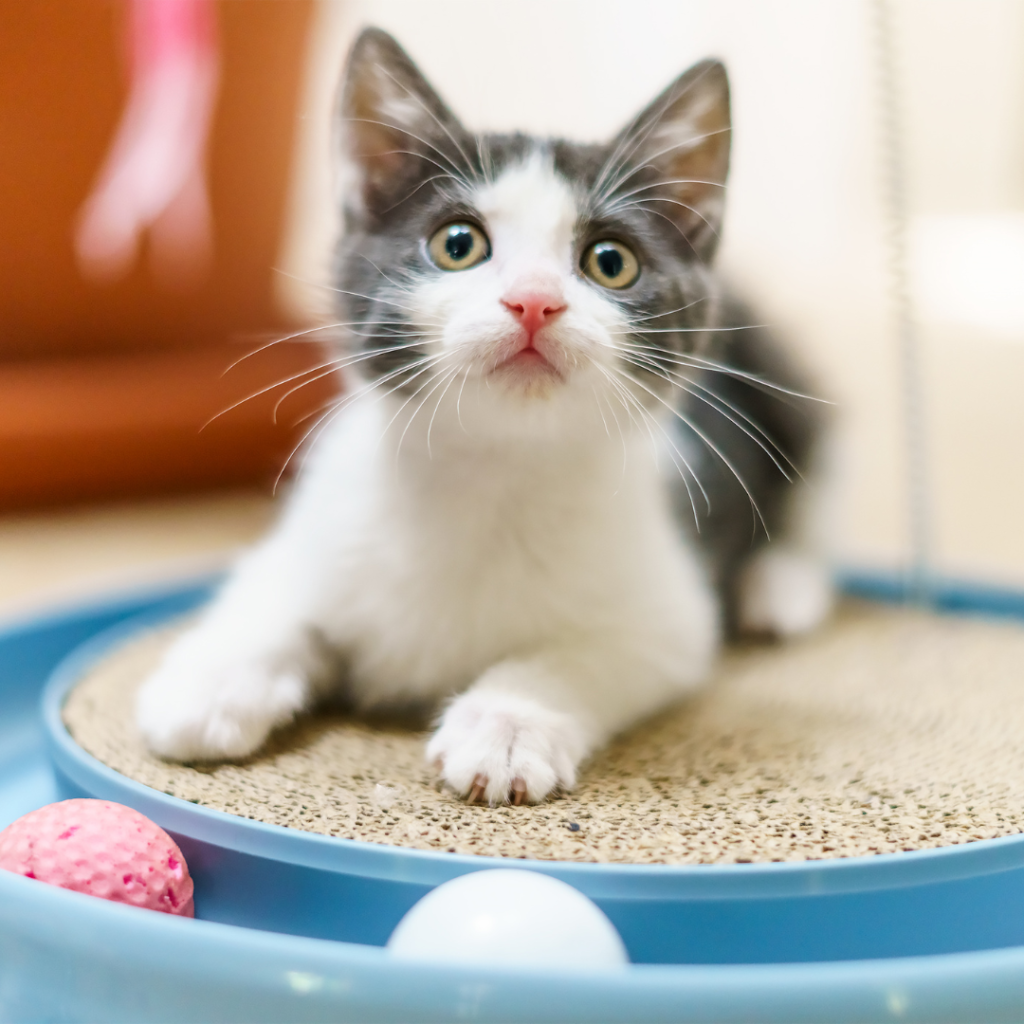
One Ear Forward, One Back, Mixed Emotions or Playfulness
A playful and endearing ear expression occurs when one ear is forward while the other is slightly back. This adorable asymmetry often accompanies moments of playfulness or mixed emotions. Your cat may display this ear configuration during interactive play sessions or when expressing a combination of curiosity and caution.
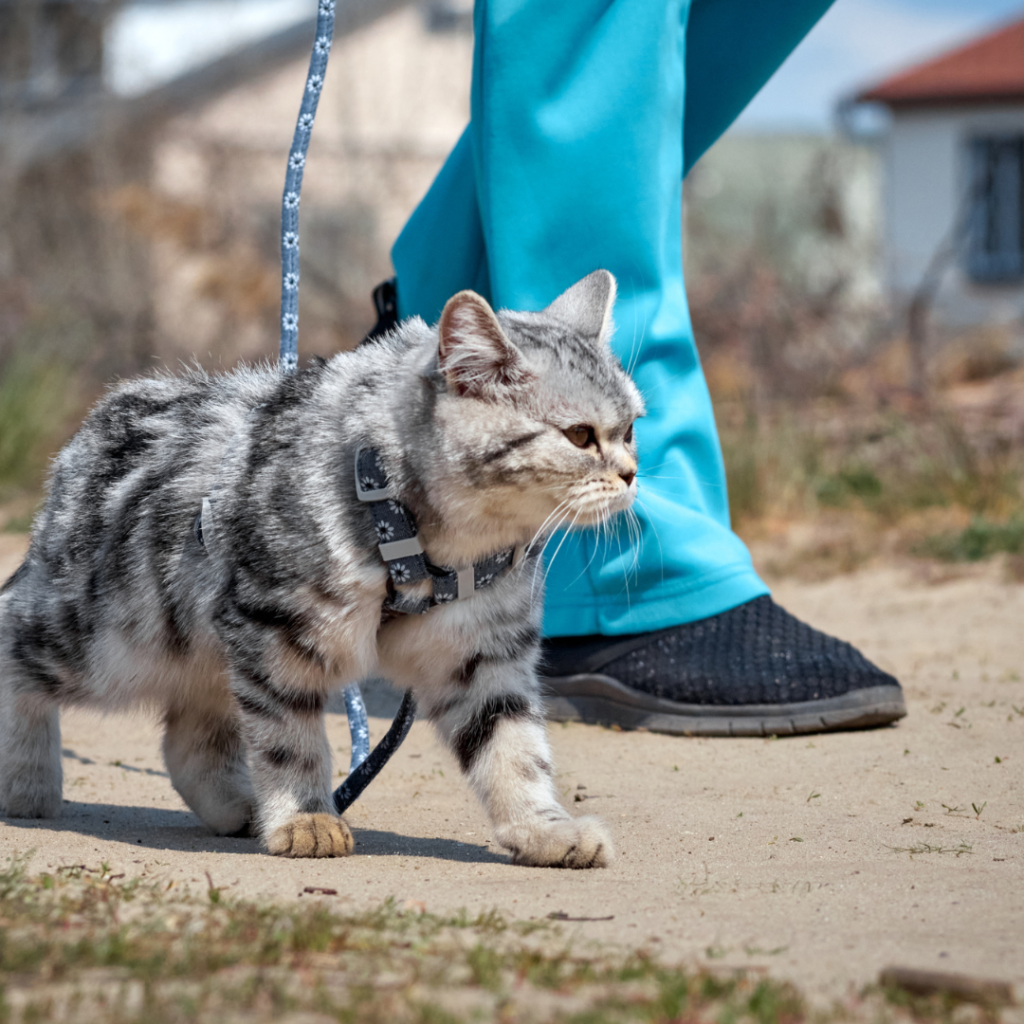
Ears Rotating, Tuning Into Surroundings
Cats possess the remarkable ability to rotate their ears independently, allowing them to tune into different sounds and directions. Rotating ears showcase their exceptional auditory senses and are often observed when your cat is actively exploring their environment or responding to various stimuli.

Rapid Twitching, Irritation or Annoyance
If you notice your cat’s ears twitching rapidly, it could indicate irritation or annoyance. This subtle movement suggests that something is bothering them, and they may be on the verge of expressing their displeasure. Paying attention to these subtle cues allows you to identify and address potential stressors.
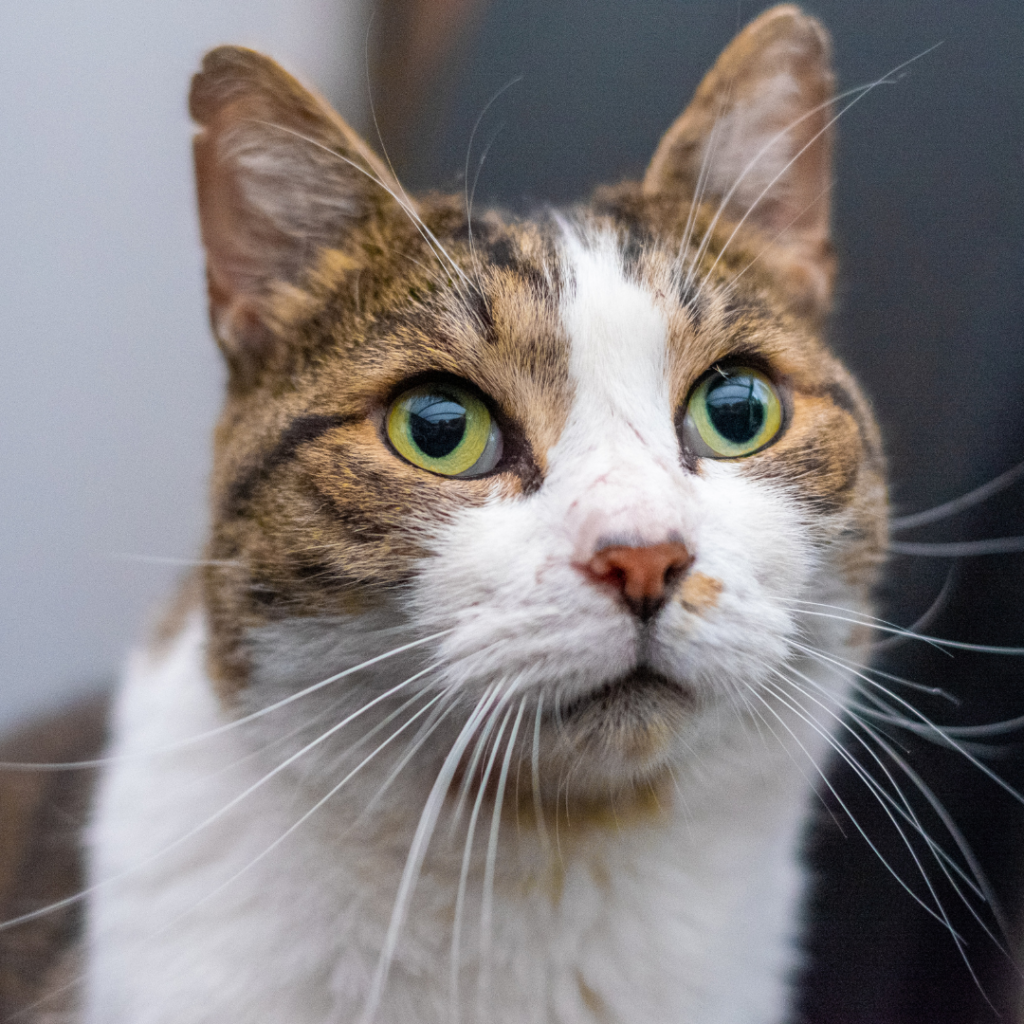
Ears Sideways or Back with Dilated Pupils, Overwhelmed or Stressed
In situations where your cat feels overwhelmed or stressed, their ears may be pressed sideways or back, accompanied by dilated pupils. This combination of ear and eye signals indicates a heightened state of distress. Recognizing these signs prompts a gentle and supportive approach to alleviate stress and create a calming environment.
In conclusion, “Ears Up, Ears Back” opens a window into the intricate world of cats’ emotions. By deciphering the language of your cat’s ears, you gain valuable insights into their thoughts and feelings. Whether they’re expressing curiosity with upright ears, playfulness with asymmetrical positioning, or discomfort with flattened ears, understanding ear language strengthens the bond between you and your cat’s companion. Here’s to embracing the eloquence of “Ears Up, Ears Back” in every cat’s encounter! 🐾👂
